Codiaum "Petra"
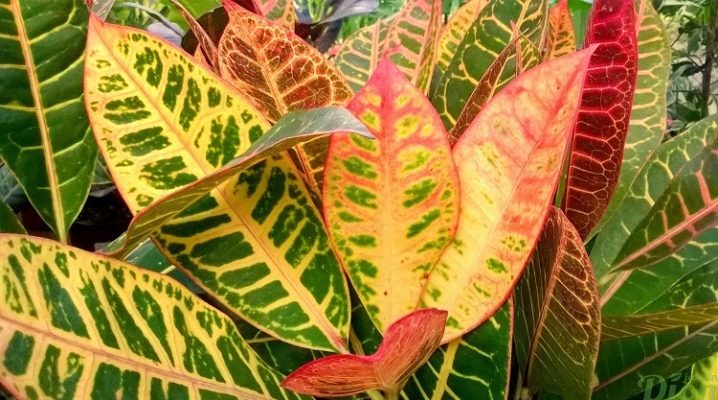
Many connoisseurs of beautiful and unusual home flowers grow the "Petra" codiaum. It is a perennial crop with high decorative qualities. Caring for her has many nuances, but the colorful leaves, pleasing to the eye, are worth the efforts of flower growers.
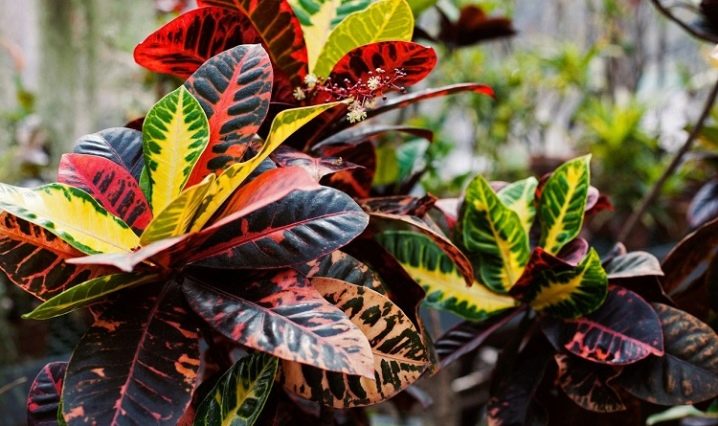
Description
Codiaum variegatum "Petra" is one of the varieties of the numerous Euphorbiaceae family. It is often called "Peter's croton" among the people. It should be noted that croton and codiaum are not the same thing. The first species includes more than a thousand varieties, and the second - less than 20. Both species are tropical. And although croton does not imply home cultivation, due to its external similarity, many consider it a codiaum.
All representatives of the genus Codiaum are rather large plants. They reach the greatest height, developing in greenhouses with organized heating. There, these representatives of the flora grow up to 4 meters. As for the Petra croton, at home it is usually limited to a meter height. There are also very small specimens measuring only 60-70 cm.
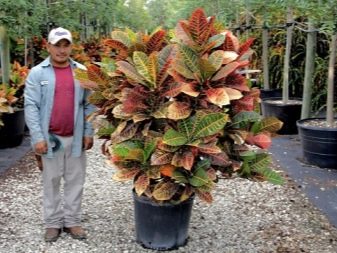

The stems of the plant are flexible and resilient. The numerous leaves covering the crop are rather large. They are oval in shape with pointed ends. The color varies from deep green to maroon. A yellow frame and a spectacular pattern of the same color give a special decorative effect to the foliage.
Flowers have no aesthetic value. They are small in size and nondescript in appearance.
Experts recommend cutting off young flower stalks so that they do not deplete the culture.
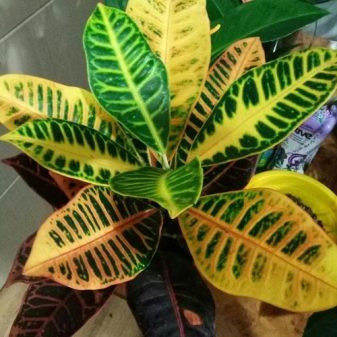
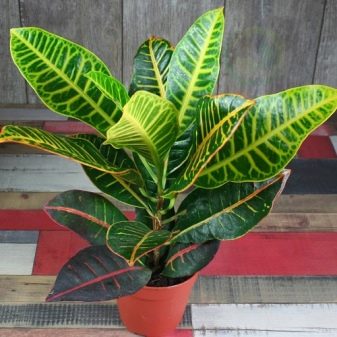
Lighting
To grow a flower outside its natural habitat, it is necessary to create a special microclimate for it. Codiaum is native to the tropics. Therefore, he needs good lighting. Culture needs light even in a dormant period. Of course, it is better to diffuse the direct rays of the sun with light curtains. Places with windows facing west or east are considered optimal for placing pots with such flowers.
The plant is considered to be quite large, so it is not always possible to place it on the windowsill. A good solution would be to simply put a container with a flower next to the window (at a distance of a meter). In the warm season, natural light will be enough for him. In winter, the codiaum can be illuminated with special lamps.
Placing the plant in the shade can affect its condition. First of all, the appearance will suffer - the leaves will lose their original color and turn completely green.
It is worth considering that choosing the right place is not everything. It is necessary to regularly wipe the glass from dust, because it prevents the penetration of sunlight into the room. The same should be done with leaves.


Temperature
The culture is very sensitive to air temperature, which should not exceed +18 degrees in winter and +20.21 degrees in summer. In this case, the constancy of the temperature indicator is desirable.
The plant does not tolerate drafts. With frequent airing, it simply sheds foliage. If the leaves curl and darken, it means that the green "pet" is cold.
In this case, move the container with the flower closer to the battery.
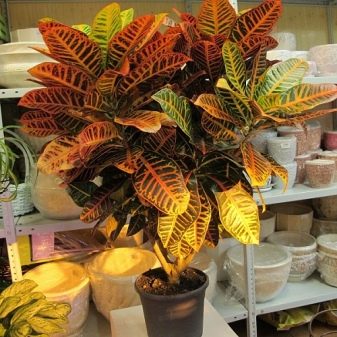

Humidity
The air humidity should be high. During the warm period, there is an active growth of culture. At this time, you need to regularly spray the foliage with clean warm water. Winter for a plant is a dormant period.Heating devices dry up the air in rooms, which entails the need for frequent humidification. However, before each spraying, the soil in the pot should be covered with plastic.
Other methods of increasing humidity to the optimal level (60%) are also possible. This is a wiping off of leaves, a light shower. The plant pot can be placed on a pallet with wet pebbles. A container of water can be placed nearby.
A good solution would be to purchase a special device that regulates the air condition.

The soil
The soil should be rich in nutrients. It will be useful to add peat. Complex fertilizers intended for indoor plants will also contribute to good crop growth.
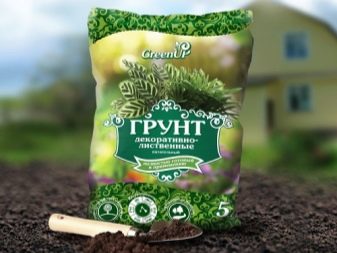
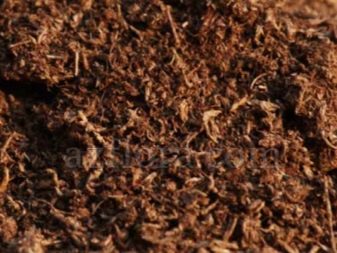
Watering
In the spring-summer season, the plant requires regular and abundant watering. In winter, the frequency of procedures is reduced. However, the soil should not dry out completely. Otherwise, the flower will die. At the same time, excess water for the plant is also dangerous. This can lead to decay of the root system.
Keeping balance is not easy. Therefore, great importance should be given to the availability of high-quality drainage. It will not allow moisture to stagnate.
Cold and hard water will not work. The use of such a liquid can lead to the shedding of foliage and a deterioration in the general condition of the plant. It is advisable to settle the water at room temperature.
But a good drinking or filtered liquid will also work.
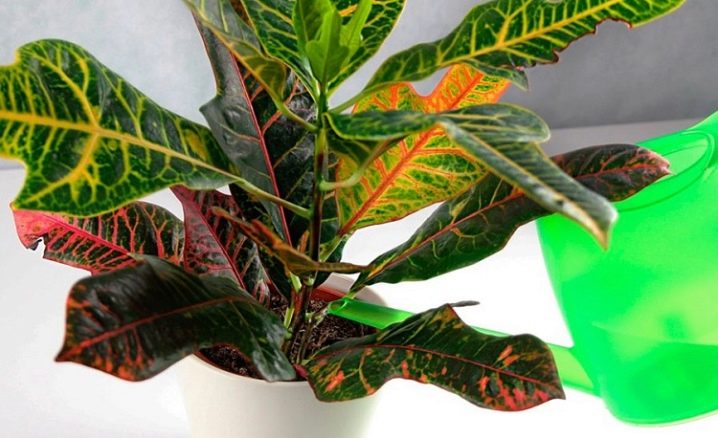
Fertilizers
In the warm months, top dressing is applied every 2-3 weeks. This is done after watering the plant or at the same time. In winter, the additional nutrition of the culture is reduced. Enough once a month.
Experts recommend using organic fertilizers and mineral compounds alternately. However, you should not overdo it. Excess nitrogen leads to the loss of the unique variegated color of the foliage.

Pruning
This procedure allows you to form an aesthetic bush with a neat crown. Pruning is done in the spring. If the flower is young, you just need to pinch the top. This will facilitate branching. The crown of a mature plant is formed by cutting off the shoots and removing excess branches. To prevent the appearance of fungal diseases, the cut sites are treated with crushed coal.
The separated parts can be used in propagation of culture by cuttings.

Transfer
The young plant needs to be moved to a new container every year. It should be about 3 cm larger than the previous one. The flower is taken out together with an earthen ball and carefully moved into a new pot, trying not to damage the roots.
Relocation of mature plants is often not worth it. The procedure is carried out in 2-3 years. The exceptions are cases of too rapid development of culture.
If the roots do not have enough space in the pot, which makes them visible, then the flower should be moved to a larger container ahead of schedule.
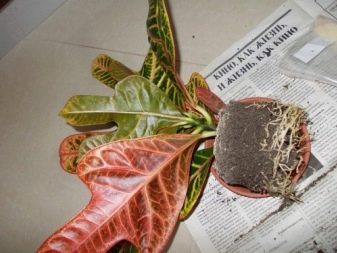
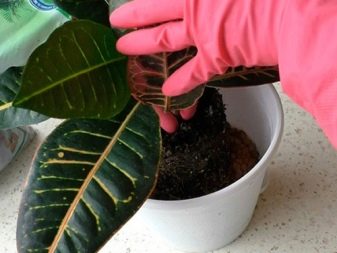
Reproduction
Codiaum can be propagated in several ways. You can use seeds, leaves, and cuttings.
The last method is done like this:
- a lignified stalk is separated with a sharp tool (its length should be about 15 cm);
- the planting material is lowered into warm water with coal (this allows you to remove the milky juice);
- after that, the cutting is dried naturally;
- planting material is placed in moist soil, consisting of peat, moss and sand;
- cover the planting with a film, creating a greenhouse effect;
- every day, young plants are ventilated, moisturize the soil in a timely manner.
Reproduction by seeds and leaves follows a similar pattern. When the roots appear, the seedlings are moved to individual containers for further development.
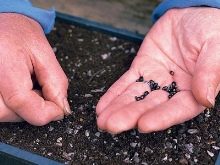

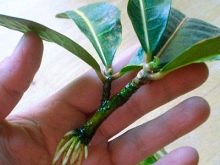
Pests and diseases
Codiaum "Petra" is a plant that is not too susceptible to disease. The main thing is to pay attention to the flower and follow all the rules of growing. If, nevertheless, the plant does not look very good, external signs will be able to indicate to the grower of his mistakes:
- if the tips of the leaves turn brown, which means that the flower does not have enough moisture in the air or in the soil;
- if all the foliage turns brown it means that the plant is freezing;
- if the culture has a faded and weak appearance, which means she lacks light.
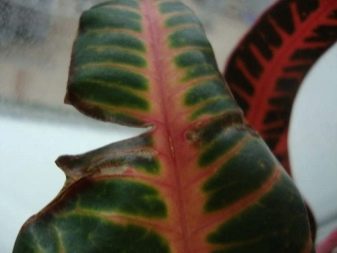
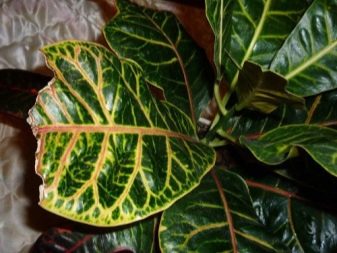
As for pests, the poisonous sap of the crop is not to their taste, although sometimes they still attack the plant. The main threats are scale insects and spider mites. If parasites are found, emergency measures should be taken. In such cases, fungicides help. The folk method of struggle is the treatment of the flower with soapy water. Of course, it is better to anticipate the problem. To do this, you need to periodically carefully inspect the plant. If insects are eliminated in a timely manner, they will not be able to cause much harm to the flower.
In conclusion, a word of caution should be added for novice florists. As already mentioned, the plant is considered poisonous, it is dangerous not only for insects, but also for people. Its juice can cause poisoning and damage to the skin. Therefore, when caring for an exotic flower, it is important not to forget about caution.
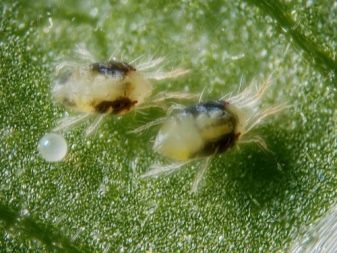
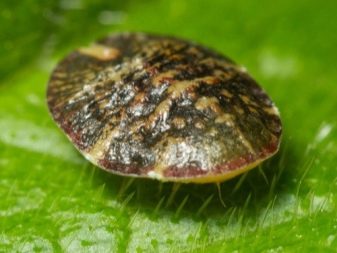
For tips on caring for codiaum, see the following video































The comment was sent successfully.